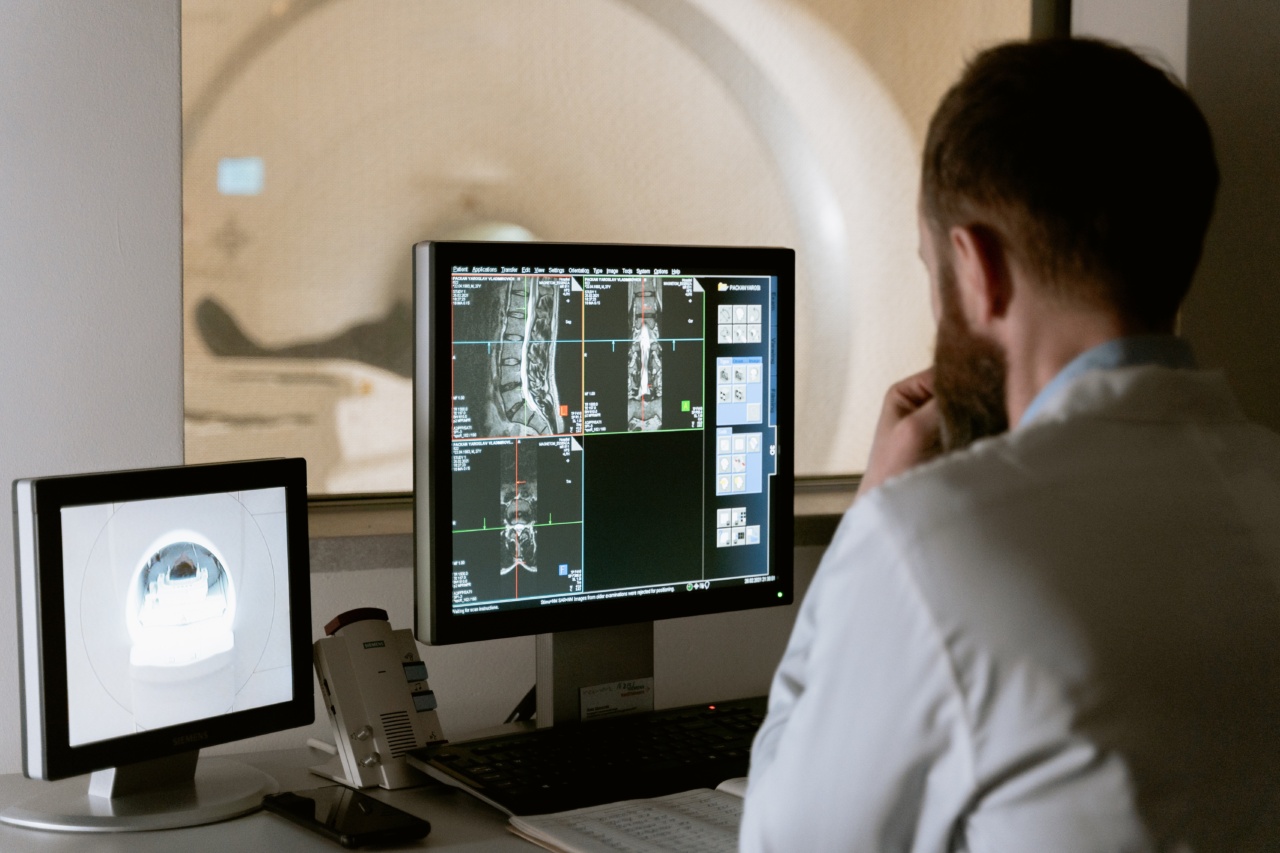Regular bone density scans, also known as dual-energy X-ray absorptiometry (DEXA) scans, are commonly performed to assess a person’s bone health and the risk of osteoporosis.
These scans are vital in diagnosing and monitoring conditions that affect bone density, such as osteopenia and osteoporosis.
The Importance of Bone Density Scans
Bone density scans provide important information about the strength and health of your bones. They measure bone mineral density (BMD) and compare it to the average peak BMD of young healthy adults.
This comparison helps in determining the risk of fractures and the presence of conditions like osteoporosis.
As we age, our bone density naturally decreases, making us more susceptible to fractures.
Regular bone density scans help in identifying any bone density loss early on, allowing for appropriate interventions and preventive measures to reduce the risk of fractures.
Factors That Influence the Frequency of Bone Density Scans
The frequency at which bone density scans should be done depends on several factors, including:.
Age and Gender
Generally, women over the age of 65 and men over the age of 70 should consider regular bone density scans. However, these age recommendations may vary depending on individual risk factors and medical history.
Women who have been through menopause or have a history of fractures should consult with their healthcare provider to determine the appropriate timing and frequency of bone density scans.
Personal Medical History
If you have a medical history that puts you at a higher risk for bone density loss, such as a family history of osteoporosis or certain chronic conditions like rheumatoid arthritis, you may need more frequent bone density scans.
Your healthcare provider can guide you based on your specific risk factors.
Initial Bone Density Results
The initial results of your first bone density scan can also help determine the recommended frequency of future scans. If your results indicate normal bone density, your healthcare provider may recommend repeating the scan every two to three years.
However, if you have osteopenia (low bone density) or osteoporosis, more frequent scans may be advised to monitor changes in bone density and assess the effectiveness of treatment.
Response to Medications and Therapies
If you are taking medications or undergoing therapies to treat or prevent bone loss, your healthcare provider may recommend more frequent bone density scans to monitor the response and effectiveness of these interventions.
Fracture Risk
If you have experienced a recent fracture or have multiple risk factors for fractures, your healthcare provider may suggest more frequent bone density scans to closely monitor your bone health and assess the need for additional interventions.
Assessing Treatment Efficacy
If you are undergoing treatment for osteoporosis, regular bone density scans can help assess the effectiveness of the treatment.
These scans provide a way to track changes in bone density over time and evaluate the impact of lifestyle changes, medications, or other interventions.
Changing Recommendations Based on Results
The frequency of bone density scans may change based on the results of previous scans.
If your bone density has drastically deteriorated or if you have experienced fractures despite treatment, more frequent scans may be necessary to closely monitor your bone health.
Consult with Your Healthcare Provider
The appropriate frequency of bone density scans should be determined in consultation with your healthcare provider.
They will consider your personal risk factors, medical history, and the most recent guidelines to create an individualized screening plan.
Conclusion
Bone density scans play a crucial role in assessing bone health and determining the risk of fractures. The frequency of these scans depends on various factors, including age, gender, medical history, and treatment response.
It is important to consult with a healthcare provider to determine the appropriate timing and frequency of bone density scans for optimal bone health management.






























